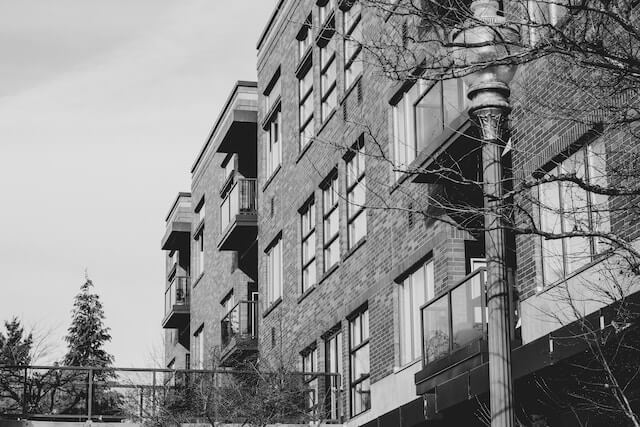The District of Columbia boasts a rental landscape shaped by comprehensive rent control laws. The Rental Housing Act of 1985 forms the bedrock of these regulations, aiming to strike a delicate balance between the interests of landlords and the need for affordable housing for residents. D.C.’s rent control limits the frequency and extent of rent increases, offering tenants stability while providing landlords with a fair return on their investment. For rental agents navigating the D.C. market, a deep understanding of these regulations is paramount to guide both landlords and tenants through the intricacies of the rental process.

The Role of Rental Accommodations Division (RAD)
The Rental Accommodations Division (RAD) acts as the regulatory body overseeing the registration of rental properties in D.C. Rental agents play a crucial role in guiding landlords through this process, ensuring compliance and transparency in property registrations. The RAD is a division of the Housing Regulation Administration (HRA) of the Department of Housing and Community Development (DHCD).
Every dwelling or rental unit needs to submit a RAD Registration and Claim or Exemption form to register with RAD. If the housing accommodation is subject to rent control, it will receive a registration number upon registration. It will receive an exemption number if it qualifies for exemption. Within 30 days of the occurrence, ownership or management changes must be reported to RAD.
Regulations on Rent Increases: A Practical Approach
D.C.’s rent control laws provide clear guidelines on permissible rent increases. Rental agents need to understand these regulations, particularly the adjustments based on the Consumer Price Index for All Urban Consumers (CPI-W), to help landlords make informed decisions on rent adjustments.
A landlord cannot raise the rent on their rental property above the permitted amount. Based on CPI-W2, the rental cap typically rises once a year. The landlord can increase the rent up to a maximum of 2% over the CPI-W percentage, but not more than 10%. Tenants who are elderly or disabled are only eligible for an increase up to the CPI-W percentage, which is capped at 5%.
Any rent increase must comply with these requirements under the Act:
- The billed amount of the new rent cannot exceed the previous rent plus an authorized increase, as detailed below.
- The landlord cannot charge rent above the maximum amount permitted by any one Act section.
- Unless the apartment is vacant, the most recent rent increase had to have occurred at least a year ago.
- The increase must not break the conditions of the lease.
- The housing unit needs to have a valid RAD registration.
- The common areas of the housing arrangement and the rental unit must be substantially compliant with housing laws.
- The housing provider must give thirty days’ notice when announcing any rent increase.

Other Allowable Rent Increases: Exploring the Options
Beyond annual adjustments and vacancy resets, there are other allowable increases for building improvements or capital expenditures.
When it comes to hardship, capital improvements, services and facilities, significant rehabilitation, or agreement with 70% of the tenants, a housing provider may opt to pursue greater allowable increases under other provisions of the Act. The housing provider cannot apply the other allowable increases automatically.
He or she must petition the Rent Administrator or otherwise seek permission. Tenants have the option to participate in the process, usually through hearings before an administrative hearing judge.
Unique Rent Control Exemptions: Recognizing Fairness
Unless the Act expressly exempts them, all housing accommodations in the District of Columbia are subject to its provisions. The Act most frequently exempt the following rental units:
- Rental units with district or federal subsidies;
- Rental units constructed after 1975 or leased for the first time in 1980;
- If the property was destroyed to make way for new construction after 1975, rent controls would still apply to the new construction.
- Rental units (including condominium or cooperative units) owned by a natural person who owns less than 5 rental units, provided the rental units are registered as exempt;
- Vacant rental properties when the Act went into force; and
- A building improvement plan covers rental units, and DCHD is providing them with rehabilitation support.

Conclusion: Crafting a Transparent Rental Experience
In the complexity of D.C.’s rent control laws, rental agents serve as guides, ensuring landlords and tenants navigate a transparent and legally compliant rental landscape.
Rental agents are also responsible for filling in vacancies for housing providers. Utilizing online listing platforms like Padleads can help them do that. Not only can they publish listings on Padleads, but they can also syndicate them to other popular websites. Taking advantage of such a feature can help them reach more potential tenants in California.